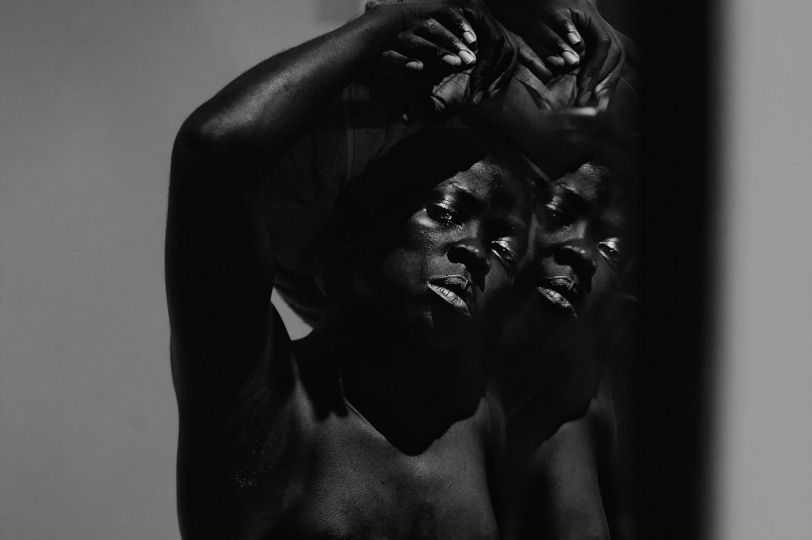Established in 2002 by Marta Hallett, Glitterati Incorporated is a New York-based boutique publisher specializing in high-end illustrated titles dedicated to elevating the discourse in art and culture. With a diverse list that includes titles by photography luminaries Mario Algaze, Douglas Kirkland, Jean-Pierre Laffont Christopher Makos, and Anne Menke; artists Fernando Botero, Ralph Pucci, Hunt Slonem, and Mister Finch, Glitterati is home to a distinctive array of luxury publications in the categories of fashion, architecture and design, photography and film, food and lifestyle, travel, and select children’s books.
Since 1975, Hallett has been in the book publishing industry, working initially at Harper & Row on illustrated field guides and then ultimately as the partner in independent producer Running Heads; eventually moving to the helm of houses including HarperCollins illustrated books (excluding children’s and reference), Smithmark Publishers, Stewart, Tabori, & Chang’s S Editions, and Rizzoli International Publications. Some of her most notable authors include, Charles Berlitz, Charles Schultz, Fleur Cowles, and Frank Gehry.
Hallett recalls, “When I started in publishing, there was a small market for art and architecture, but there was almost no pop culture publishing. Illustrated books were ‘imported’ books (and mostly gardening books) and so everything associated with illustrated books was a mystery in terms of in-house production.
“In 1973, on my first job, I was lucky enough to be the production manager on The Cook’s Catalogue, which was produced by Beard Glaser Wolf as part of The Good Cooking School program, and published by Avon Publications in paper and Harper & Row in hardcover, giving me my start as it was one of the few illustrated popular books produced for the general public in America. At that time production managers didn’t know about four-color printing, never mind editors who understood the process to make an illustrated book ‘package.’ The concept of a collaboration between creatives was never the norm; instead making a book was entirely a linear progression, controlled by an editor and an author from manuscript to finished book. Today though virtually every American publisher produces illustrated books. The collaborative process whereby it may be design, or editorial, or marketing that takes lead in the development of the project during various phases, is instrumental in producing a good illustrated book; and illustrated books themselves have moved from the category of being merely informative to being treated as objects in and of themselves.”
Glitterati offers a new approach to illustrated publishing unfettered by the restrictions of working for a large corporation. “Glitterati has given me the opportunity to really run the whole shebang,” Hallett observes, “and to personally integrate my interests and my skill in creating something that attaches itself to the niche categories, which is harder and harder for the big publishers to do. As they moved towards serving a more mass audience because of their profit requirements, I sensed there was an opportunity for a small publisher to serve the smaller markets profitably while providing high quality books to an eager audience.
“I chose the name Glitterati because all of our authors already have profiles; that is, they have a platform, although it’s not necessarily a publishing platform. To me this is the brave new world of what the future of all publishing will be: an opportunity for innovation and flexibility to respond to the marketplace; a real chance to see what is happening in the world and attach the business to it; and making a decision about where the world will go and then producing the product to make it go in that direction, and along the way collaborating with a variety of partners to make the widest reach possible for the book.
“The most rewarding aspect has been seeing books that we’ve published succeed, knowing that they probably would not have been taken on by another publisher. And by success I mean not just in terms of sales numbers, but receive recognition as the finest books published in their category or of their ilk. I remember walking into a bookstore on Lexington Avenue after we had published only about five books, introducing myself and the owner saying, ‘Oh we love Glitterati books!’ I thought, ‘This must be a joke, we haven’t published enough books to BE a recognizable brand.’ But in some corners we were and are and that is very gratifying.
“The other aspect is the actual ability to create and control the destiny of the books, to be able to work with creative people—and not just artists, but retailers, museums, organizations–to make something more wonderful than any of us would have made on our own. It is totally inspiring to partner with creative people whose goal is just to make the best work possible, and figuring out how to tailor that to the commercial needs of the consumer world without sacrificing quality. It’s a wonderful puzzle with each book.
“When deciding what to publish, I look for books that are of interest to me. I look at whether Glitterati can better publish the book than someone else could. I look at how commercially and financially viable the book is: what is the platform of the author, how strong is that category in general in terms of book sales, is it one in which Glitterati has already made its presence known? I think I probably consider all of the same things that all publishers consider, I just give different weights to issues that make it a good fit for Glitterati, or not.
“I would say that for Glitterati creativity is marketability. As a small publisher trying to make an impact and build a brand, we distinguish ourselves from all the bigger publishers through making sure we create a personality for each book and then layer on top of that distinctive promotion and publicity. In general we find the niche market, because it often reaches beyond large-scale bookstores, very accommodating to creative new ideas, formats, and subjects.
“The most engaging aspect of being a book publisher, overall, I think, but most particularly for illustrated books, is that each book seems to present a new challenge that even after many years of experience may not have been encountered before. By the same token, I think that is what keeps this work so inspiring. These potential unexpected issues keep us interested in the process, which otherwise might become humdrum and boring; it’s incredibly labor intensive producing illustrated books and the momentum is only kept up because of the constant surprises—both good and bad.”
For Hallett, everything has come full circle since her first job in photography publishing, working at Double Elephant Press with Burton Wolf in 1973—witnessing the creation of limited edition portfolios with the likes of Manuel Alvarez Bravo, Walker Evans, Gary Winograd, and Lee Friedlander. What was her first exposure to the greats of the medium would be far from her last, as this season Glitterati releases career retrospectives with Jean-Pierre Laffont, Christopher Makos, and Mario Algaze, as well as a third limited edition of Coco Chanel by Douglas Kirkland, proving once again that publishing has its rewards.
As Hallett observes, “There is a confluence when all one’s experience, interests and efforts converge in the resulting books that are published and how they are presented, at a small editorial entity like Glitterati. At times, I wonder if we should publish fewer books because we get so involved with each and every one. The books are like children: You put extraordinary effort into making sure that the basics are all installed in a superior way and hope for the best. In each case I have the good fortune and the luxury to be able to publish personally, always alongside a thoughtful and talented author, with a team of visionary designers and marketers, to make something that no one else would have made in exactly the same way and that probably would not fit perfectly into anyone else’s list: They’re too big, they demand too much attention, they sell through modest print runs.
“To publish a great book—a classic—I need to feel as though I can’t not publish it. I just cannot allow someone else to publish a book that I see completed in my mind’s eye from the first moment I chance upon the raw material, or to ignore those encounters that because of someone’s innovative work, I am inspired to see the world in a way that I didn’t before I met that gorgeous original material.”
And that’s all she wrote.
















